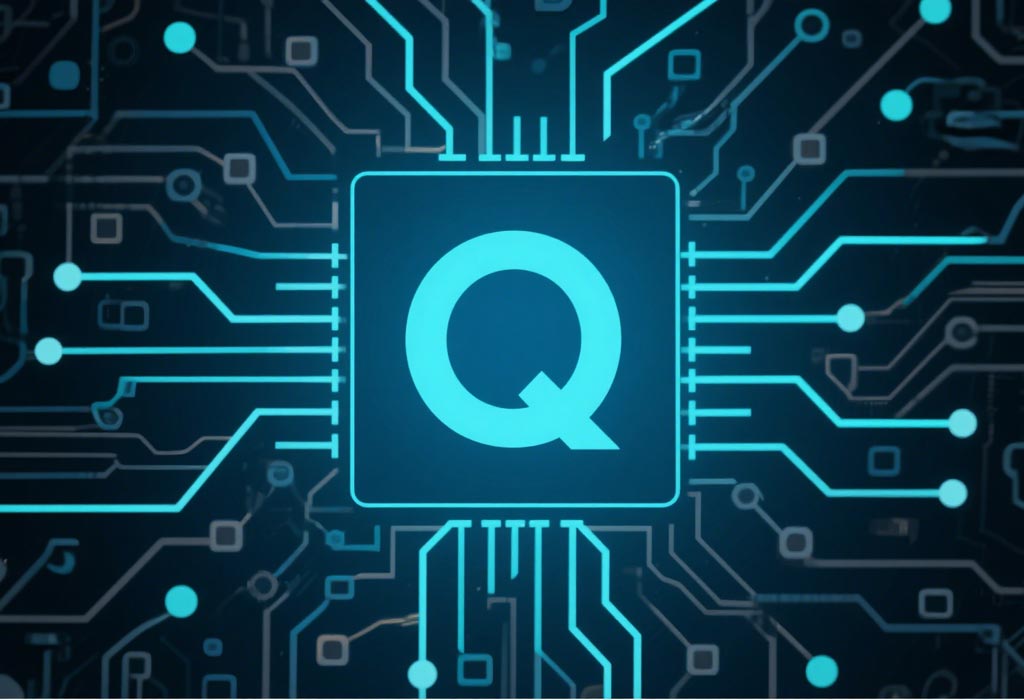1. The Quantum Threat Timeline
Shor’s algorithm (1994) demonstrated quantum computers could break RSA-2048 in polynomial time. Current projections suggest:
- 2026: 1,000+ qubit machines (IBM Quantum Roadmap)
- 2030: Cryptographically Relevant Quantum Computer (CRQC) emergence (NIST IR 8413)
- 2035: 70% of RSA/DSA/ECC keys vulnerable (ETSI Quantum-Safe Cryptography Report)
The migration to post-quantum cryptography (PQC) is now urgent, with global standardization efforts led by NIST’s PQC Project (2016–present).
2. Quantum Key Distribution (QKD) Economics
2.1 Protocol Implementation Costs
QKD leverages quantum mechanics (Heisenberg Uncertainty Principle) to secure key exchange:
BB84 Protocol (Fiber-Based)
| Cost Component | Urban Deployment | Long-Haul (>100km) |
|---|---|---|
| Single-Mode Fiber | $3.50/m | $2.80/m |
| QKD Transceiver Pair | $85,000 | $122,000 |
| Trusted Node Repeaters | $40,000/node | $58,000/node |
Cost per secure channel:CQKD=N×(Ctx+Cfiber×L+Crep×R)TlifetimeCQKD=TlifetimeN×(Ctx+Cfiber×L+Crep×R)
Where NN = nodes, LL = fiber length, RR = repeaters, TT = 10 years.
Satellite QKD (Micius System)
- LEO-to-ground: $8M/satellite (30cm aperture terminals)
- Key rate: 1kbps @ 1,200km (38dB loss)
- Limited to 5-nighttime-hours/day
2.2 Commercial Deployments
Case Study: Swiss Quantum Network
- 6-node mesh (Geneva–Lausanne–Bern)
- Hybrid QKD + AES-256 for 100Gbps links
- Total cost: $2.1M (35% lower via shared infrastructure)
Barriers to Adoption:
- 1.8dB/km loss in standard SMF-28 fiber
- 94% of enterprises lack quantum-safe key management
- 18-month ROI period for critical infrastructure
3. Lattice-Based Cryptography Benchmarks
3.1 Algorithm Performance Comparison
NIST PQC Finalists (2022) for Key Encapsulation Mechanisms (KEMs):
| Parameter | Kyber-768 | NTRU-HPS-2048-677 |
|---|---|---|
| Public Key Size | 1,152 bytes | 1,228 bytes |
| Ciphertext Size | 1,088 bytes | 1,045 bytes |
| Encapsulation Time | 1.2ms (x64 CPU) | 2.8ms (x64 CPU) |
| Decapsulation Time | 1.5ms | 3.1ms |
| NIST Security Level | 3 | 3 |
TLS 1.3 Handshake Overhead:
- Kyber-768 adds 1.8KB to handshake (vs 0.5KB for ECDHE)
- 34% longer handshake latency (38ms → 51ms) in cloud tests
3.2 Hardware Acceleration
FPGA implementations reduce latency:
| Platform | Kyber-768 Cycles | Throughput |
|---|---|---|
| Xilinx Versal HBM | 12,344 | 24,000 ops/sec |
| Intel Agilex F-Series | 9,877 | 31,500 ops/sec |
Energy efficiency equation:EE=OperationsJoule=fclk×IPCPdynamic+PstaticEE=JouleOperations=Pdynamic+Pstaticfclk×IPC
Kyber-768 achieves 18.7 ops/μJ vs RSA-2048’s 0.03 ops/μJ.
4. AI-Driven Threat Detection Systems
4.1 Autonomous Response Architectures
Darktrace Antigena (Zero-Day Ransomware Mitigation):
- Mean Time to Respond (MTTR): 1.8 seconds
- 93% accuracy in live attacks (ICSA Labs Certification)
- Lightweight model: 14MB RAM footprint
MITRE ATT&CK Integration:
- 98/184 techniques mapped in v12 framework
- Behavioral analytics detect:
- T1595 (Active Scanning) via flow entropy analysis
- T1059 (Command-Line Interfaces) via LSTM anomaly scoring
4.2 Federated Learning for Privacy
Healthcare IoT case (GE Healthcare):
- Local model training on edge devices (NVIDIA Clara)
- Global model aggregation every 24h
- 87% detection rate for medical device spoofing
- 42% lower false positives than centralized AI
Federated learning equation:wglobalt+1=∑k=1Knknwlocal,ktwglobalt+1=k=1∑Knnkwlocal,kt
Where nknk = data samples on device kk.
5. Hybrid Cryptographic Approaches
5.1 PQ Hybrid Certificates
Combining classical and PQC algorithms:
- X.509 extensions for Kyber + ECDSA
- Certificate chain validation overhead:
- 512ms (PQ-only) → 288ms (Hybrid)
- 62% reduction via parallel verification
IETF Draft Standards:
- draft-ietf-tls-hybrid-design-04
- draft-ounsworth-pq-composite-sigs-01
5.2 Key Encapsulation Mechanisms
Combining QKD and lattice-based schemes:
- QKD establishes 256-bit seed key
- CRYSTALS-Kyber expands to 2GB session key
- AES-256-GCM encrypts payload
Latency breakdown:
| Stage | Time (ms) |
|---|---|
| QKD Key Exchange | 18.7 |
| Kyber Encapsulation | 1.2 |
| AES-GCM Setup | 0.4 |
6. Migration Challenges & Strategies
6.1 Enterprise Readiness Survey
(Source: Ponemon Institute 2023, N=1,202)
- 14% have completed crypto-inventory audits
- 29% lack TLS 1.3 support
- 63% use vulnerable IoT devices (SSHv1, SSLv3)
6.2 Implementation Roadmap
Phase 1: Discovery (0–6 months)
- Map all cryptographic assets (PKI, HSMs, APIs)
- Deploy tools: Venafi TLS Protect, Keyfactor
Phase 2: Hybrid Deployment (6–24 months)
- Dual certificates (RSA + Kyber)
- API gateways with PQC support (Cloudflare, NGINX)
Phase 3: Quantum-Safe (24–60 months)
- Replace legacy algorithms in firmware/OT
- Deploy QKD for core financial transactions
7. Future Research Frontiers
- Quantum Random Number Generators:
- ID Quantique’s QRNG-20: 400Mbps entropy
- NIST SP 800-90C compliant
- Homomorphic Encryption:
- Microsoft SEAL: 18h to compute 1M neural inferences
- TFHE-rs: 64-bit addition in 2.1ms (AWS c6i.32xlarge)
- Blockchain Adaptations:
- Hyperledger Ursa integrating Dilithium signatures
- 3.4s block time vs Bitcoin’s 10min (Testnet data)
















